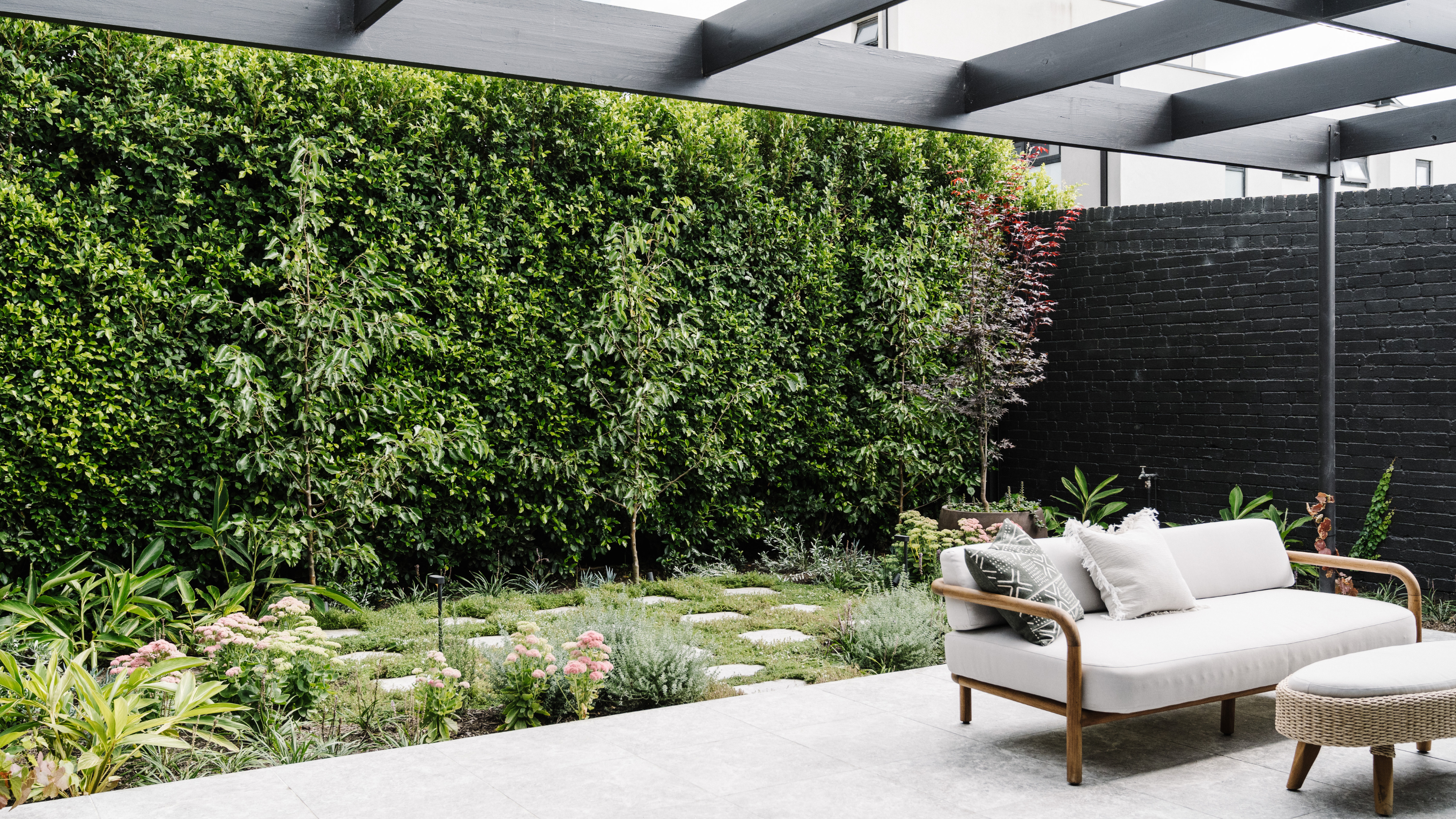
Lots of the best-smelling plants need sunlight to thrive, but there is also, fortunately, a good selection of fragrant flowers for shade you can choose from that also deliver on beauty and style.
Yes, it's entirely possible to have both color and scent, even in the shadier spots of your yard. Choosing plants that produce flowers for a nice smelling backyard not only creates a lush, calming space for you, it will attract pollinators to feed, too.
Gardens are living eco-systems and many fragranced plants will support wildlife as well as stimulating your senses, so these shady fragranced flowers aren't to be overlooked. We've canvassed gardening experts on their favorite fragrant shade-loving plants and how to grow them.
1. Spicebush (Lindera benzoin)
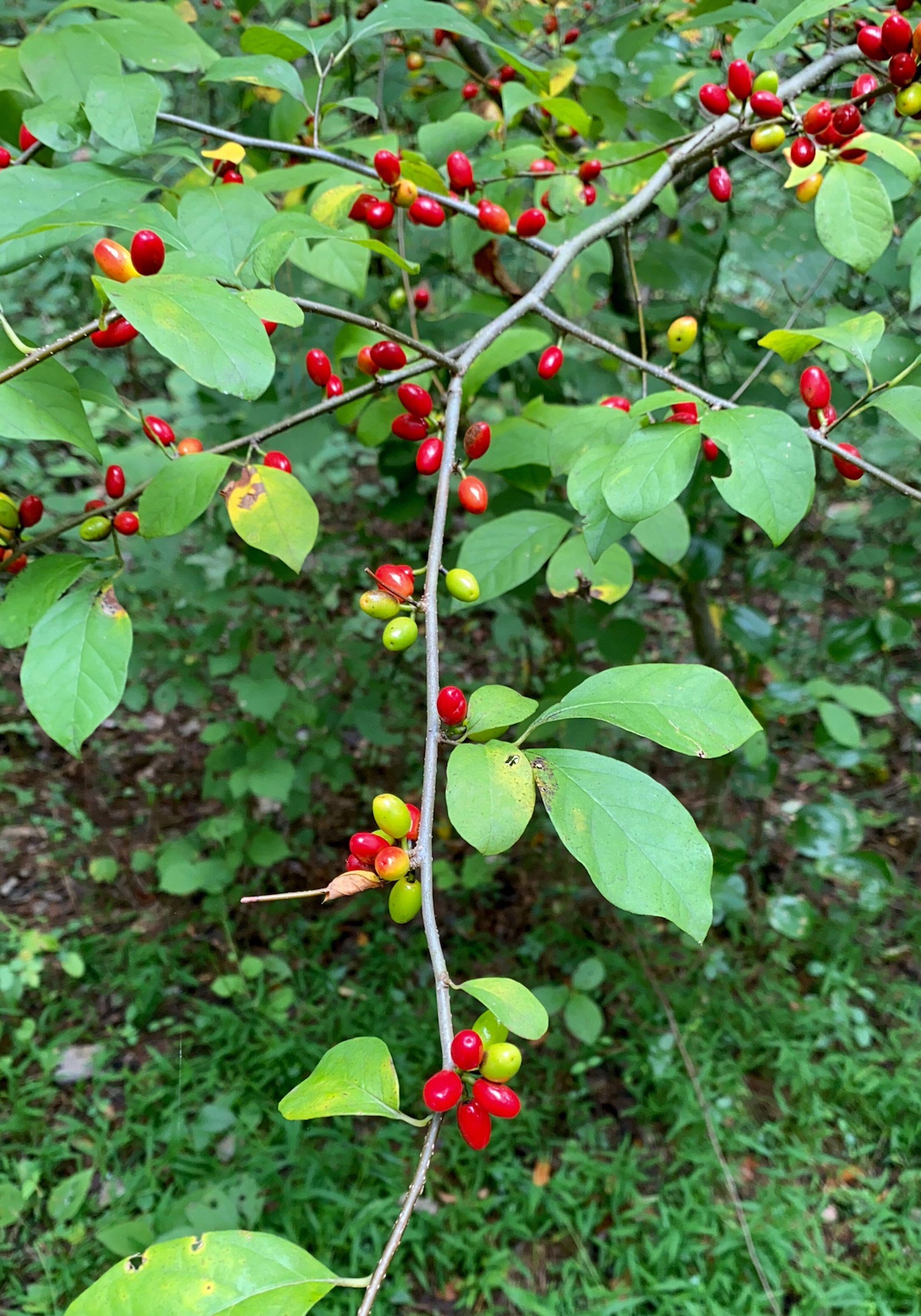
This fragrant woodland plant loves a dappled spot in fertile soil and can grow up to four metres and tall and wide. Once established it requires no care, so spicebush is ideal if you're looking for low-maintenance garden ideas.
New York-based Ali McEnhill, owner and propagator at The Old Dairy Nursery & Gardens tells us that spicebush is an eastern North American native shrub that lights up the woodland with both color and fragrance when it bursts into blooms in early spring.
"The spicy fragrance of the flowers gives the plant its common name," explains Ali. "There are so many things to love about spicebush from the fragrant flowers to the red berries to the golden fall color, but my favorite thing is that it is host plant to the adorable Spicebush Swallowtail caterpillar. The berries are also an important food source to many native birds."
"It will grow in part shade on average soil. However, it can also be grown in full sun on very moisture-retentive soil."
2. Sweet Violet (Viola odorata)
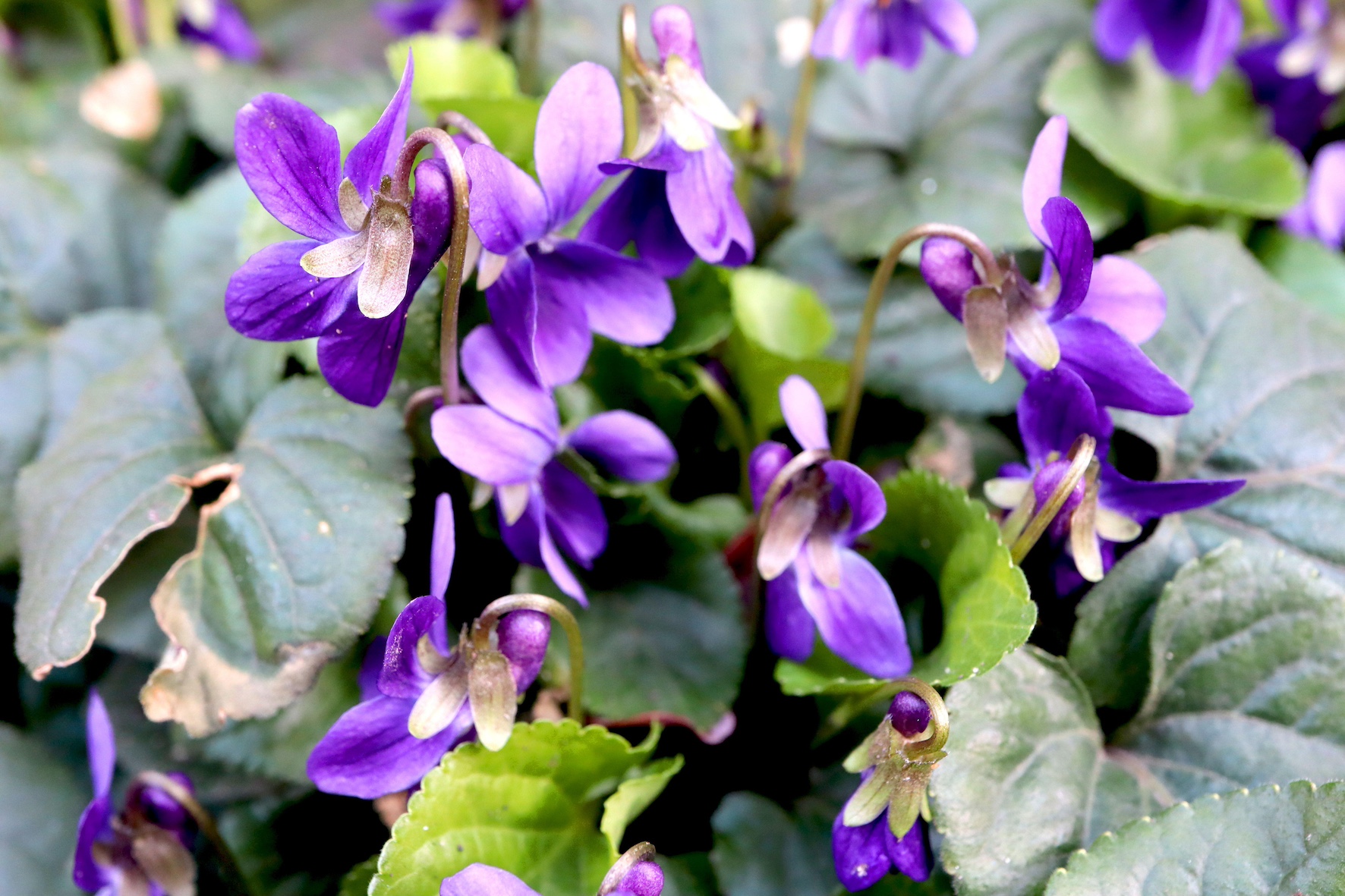
If you like the idea of wildlife gardening, sweet violets are another pretty woodland flower that will carpet a shady spot with color and scent. They are suitable for borders and beds and are happy under the shade of roses and other shrubs. These low-maintenance plants are another that Ali likes to grow.
"Sweet violets are wonderful little perennials with very big fragrance," says Ali. "Essential oils distilled from the leaves have been used to make perfumes since the time of Cleopatra. They are one of the first violets to bloom in early spring, they form an excellent groundcover, and naturalize quickly."
Ali continues: "These long-lived plants also attract pollinators, help prevent erosion, self-seed, and are very easy to grow. Like spicebush, they require no care once established. Grow them in part or full shade in average to moist soil."
3. Bugbane (Actaea ssp.)
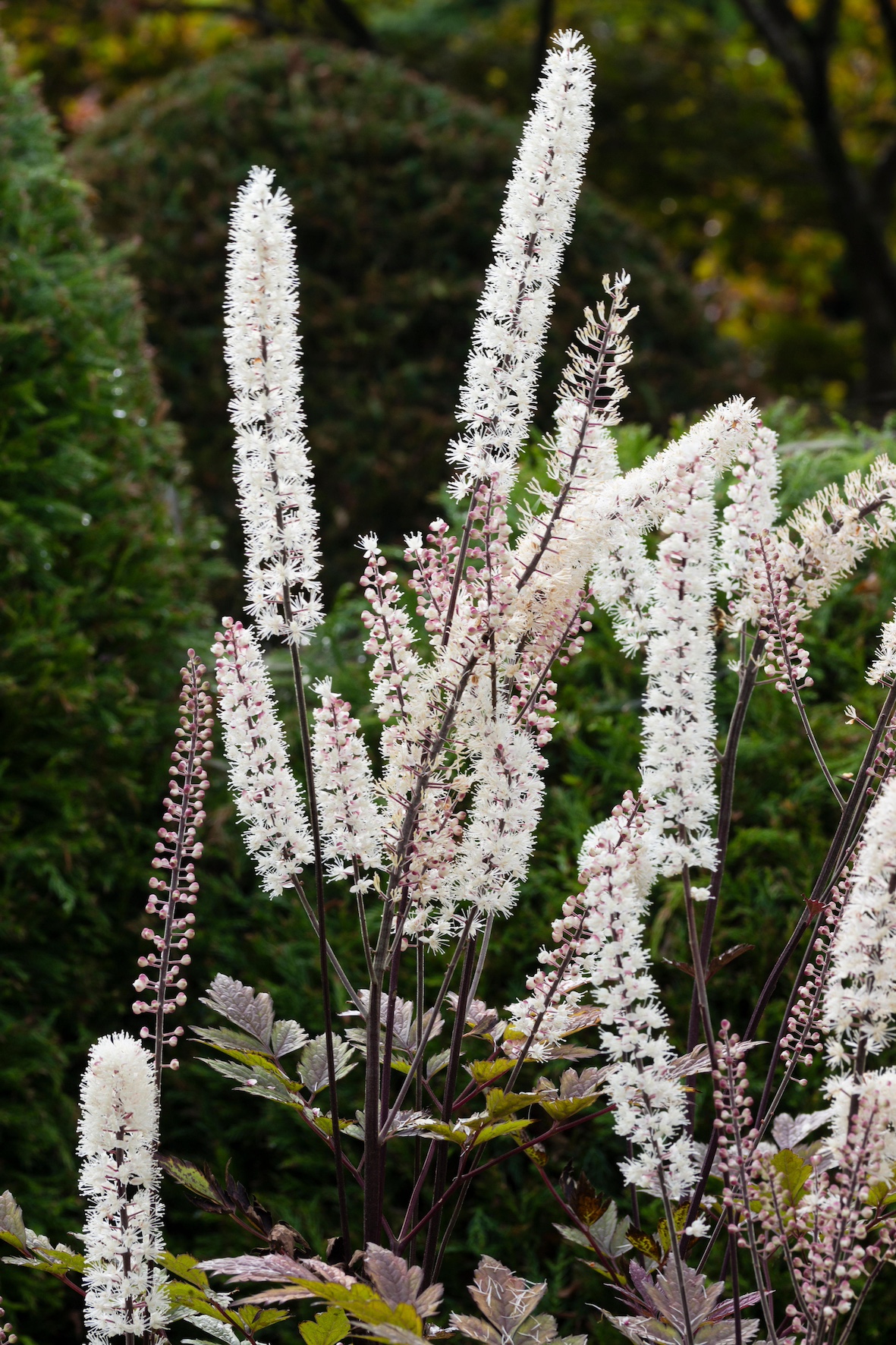
It's well established that certain aromas have the power to heal, as they can stimulate the olfactory centre in the brain, which is why sensory gardens have become popular. These calming outside spaces soothe the senses and it's simple to create one yourself, with scented plants that invite you to slow down, such as Bugbane.
"Bugbane are my absolute favorite fragrance plants," says Ali. "A single plant imbues the air with the most beautiful, complex floral-honey scent. I don’t know how to properly describe the aroma they pump out other than heavenly.
"These long-lasting perennials are generally happiest in moisture-retentive, fertile soil in part shade. They take a long time to come into their own, but it is worth the wait."
4. Summer Sweet (Clethra alnifolia)
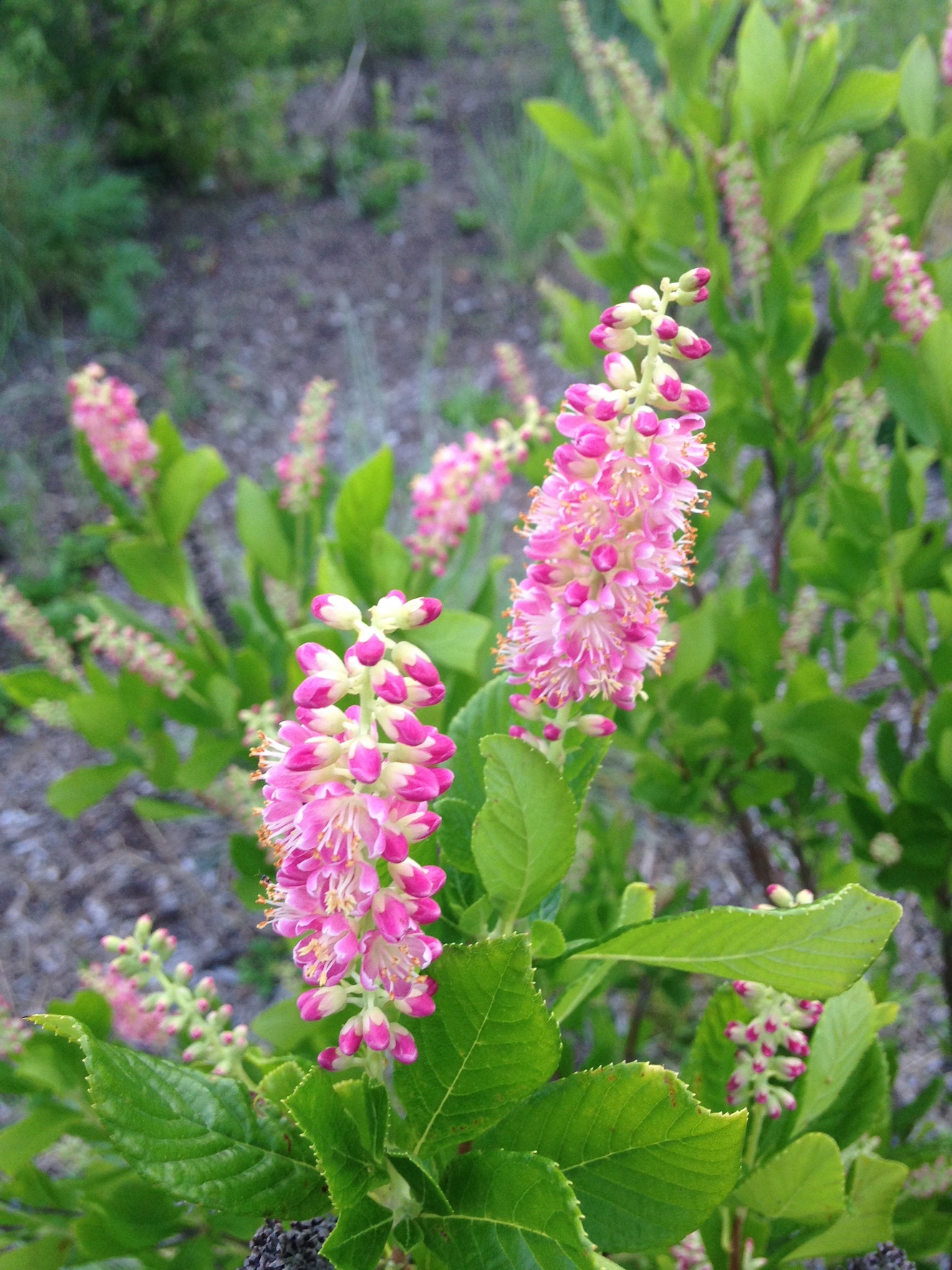
Another beautiful North American native shrub that can add fragrance to a shady spot in your backyard is Summersweet. Its summer bloom time is later than most flowering shrubs, so plant this for scent that will continue throughout the season, when other flowers are fading.
Megan Foster, perennial and bulb expert, American Meadows tells us that summer sweet is native to a wide swath of the eastern US and is cold hardy all the way up to chilly winters in zone 3. "The summer sweet species, Clethra arnifolia, blooms white in July, says Megan. "But I like the Ruby Spice Clethra cultivar, for its unusual pink toned flowers.
"This plant commonly grows to around 4-6 feet tall and its fragrance welcomes pollinators to visit their flowers. So not only do you get the sweet fragrance on summers’ warm breezes, you also are supporting your local ecosystem."
5. Sweet Woodruff (Galium odoratum)
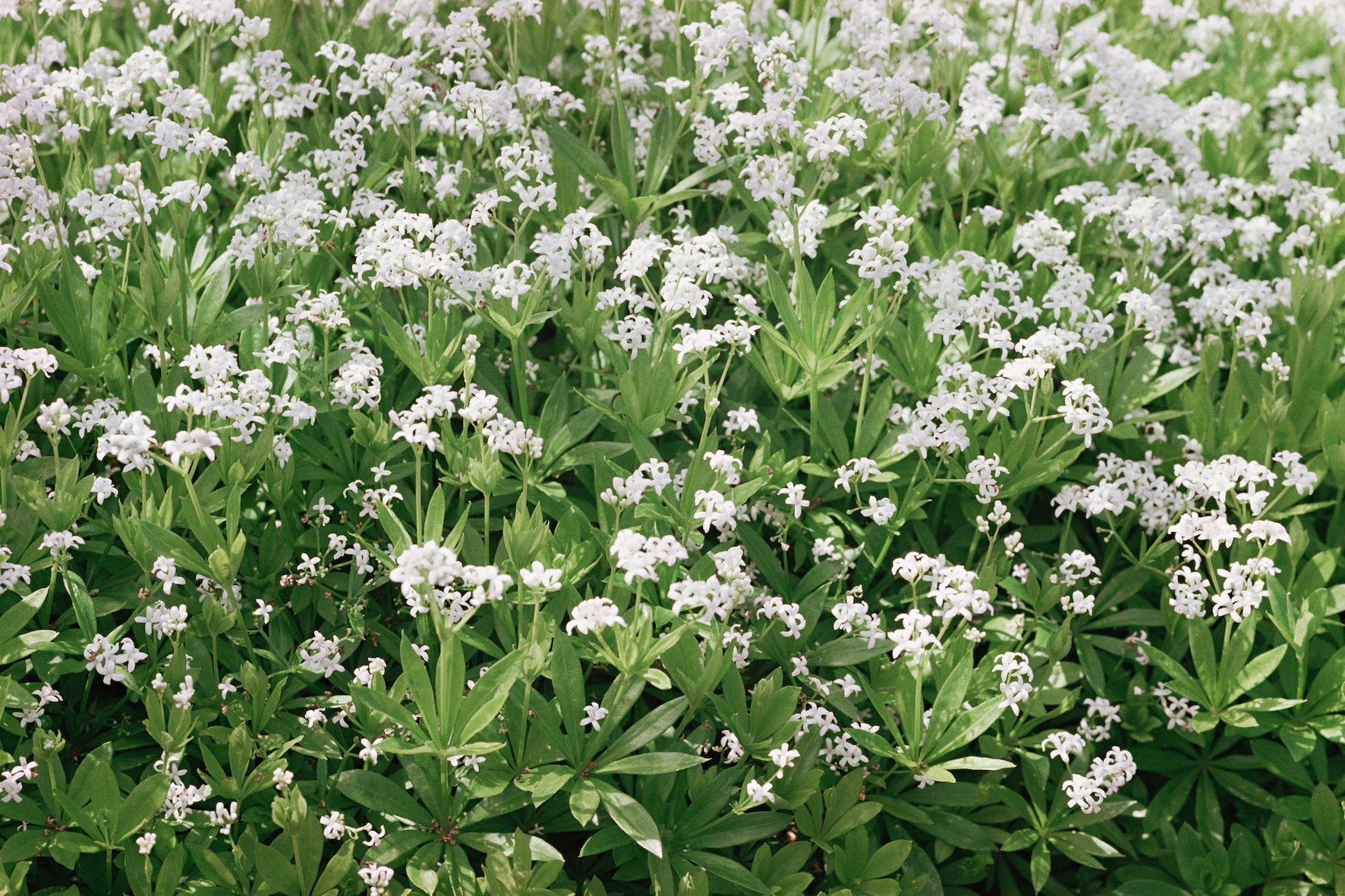
Choosing ground cover plants to provide fragrance and interest in shady spots in your yard is a savvy low-maintenance garden idea. Once established ground cover plants serve to suppress weeds as well as look pretty in your flower beds. Tabar Gifford, master gardener at American Meadows is particularly fond of Sweet Woodruff, a shade-loving perennial groundcover prized for its fragrant foliage and delicate blooms.
"This vigorous plant forms a dense mat of emerald green foliage, which is accented by clusters of tiny, fragrant white flowers in early to mid-spring," explains Tabar. "The foliage becomes highly aromatic when dried, with a sweet scent reminiscent of freshly mown hay and vanilla. The flowers also attract pollinators, adding life and movement to shaded gardens.
Tabar goes on to explain that Sweet Woodruff thrives in partial to full shade and moist, loamy soils. "So it's ideal beneath shrubs and trees," she says. "It can adapt to dry shade but will grow less vigorously in such conditions and may go dormant in the summer in sunnier locations.
"This low-maintenance groundcover is deer and rabbit-resistant and hardy in zones 4-8. It can also be divided in spring for easy propagation. Space plants about a foot apart for lush coverage, and consider planting under large shrubs or trees, such as a Black Walnut, to minimize competition with other plants.
"Sweet Woodruff creates a sensory experience even in areas where visual impact may be more subdued," Tabar adds. "It can transform a shaded corner into an inviting and calming retreat while also supporting pollinators in the early season."
6. Woodland Phlox (Phlox divaricata)
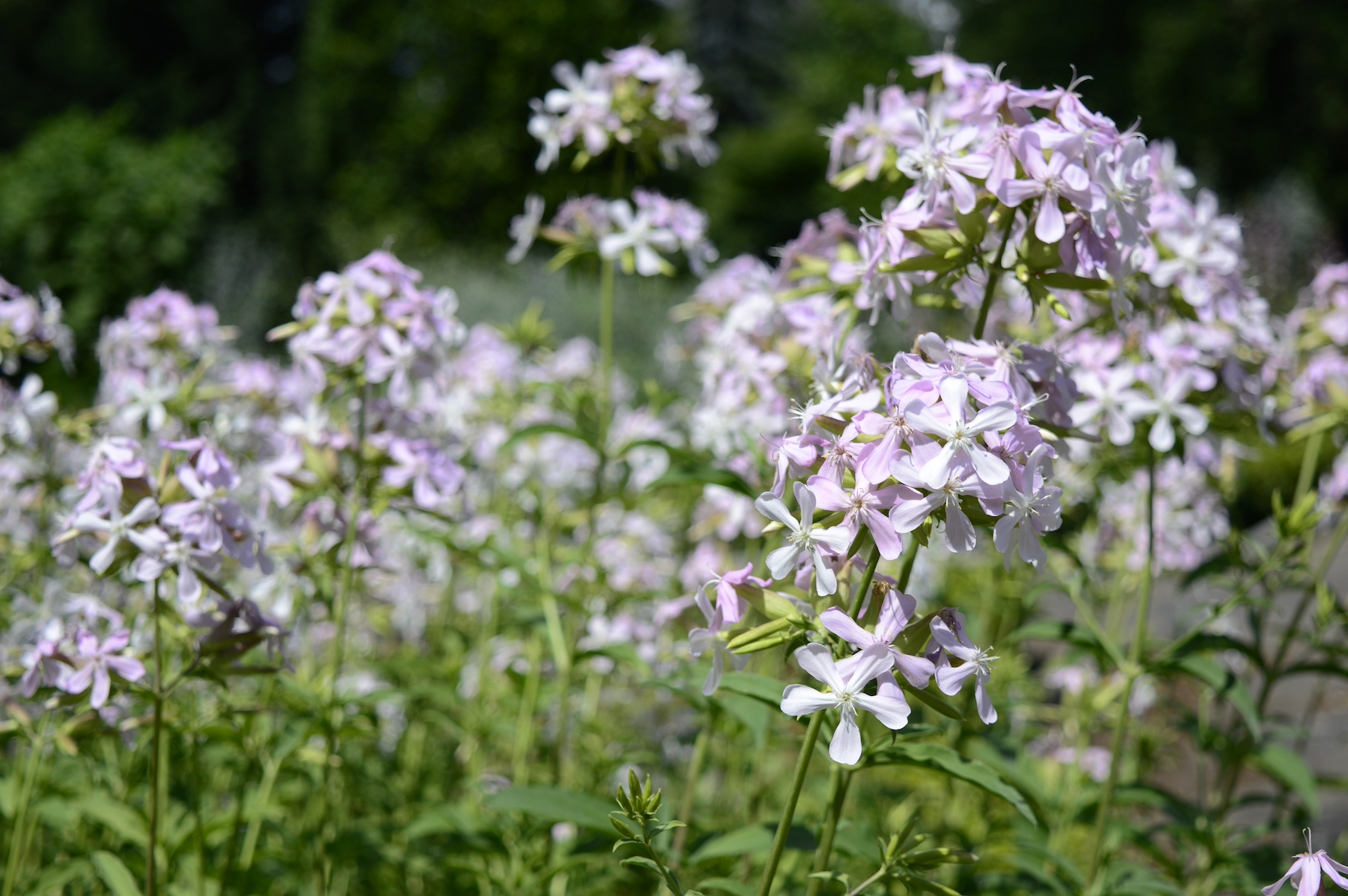
Native to Eastern North America, this pretty woodland perennial is another groundcover plant that loves dappled light. A perfect for part-shade flower bed idea, it gently spreads to create a lush floral carpet, with semi-evergreen foliage that maintains texture and interest even after the blooms fade.
"An enchanting way to celebrate the arrival of spring is with the ‘May Breeze’ Woodland Phlox, a native perennial that fills your garden with sweet fragrance and delicate beauty," says Tabar.
"This lovely cultivar produces an abundance of bright white, fragrant flowers in mid-to-late spring, with petals often blushing pale lavender or blue as they age. It's a favorite of butterflies and hummingbirds, so it brings pollinators to your garden early in the season.
"Woodland Phlox ‘May Breeze’ is ideal for planting among spring-blooming bulbs or filling gaps where slower-emerging perennials take their time to emerge. It thrives in part-shade with moist, well-drained soil and is drought-tolerant once established.
"It’s also resistant to deer, making it a low-maintenance and versatile addition to your garden. To keep plants healthy and encourage reblooming, cut back the stems after the first bloom. This will also help prevent issues like spider mites or powdery mildew."
7. Jackmanii Clematis
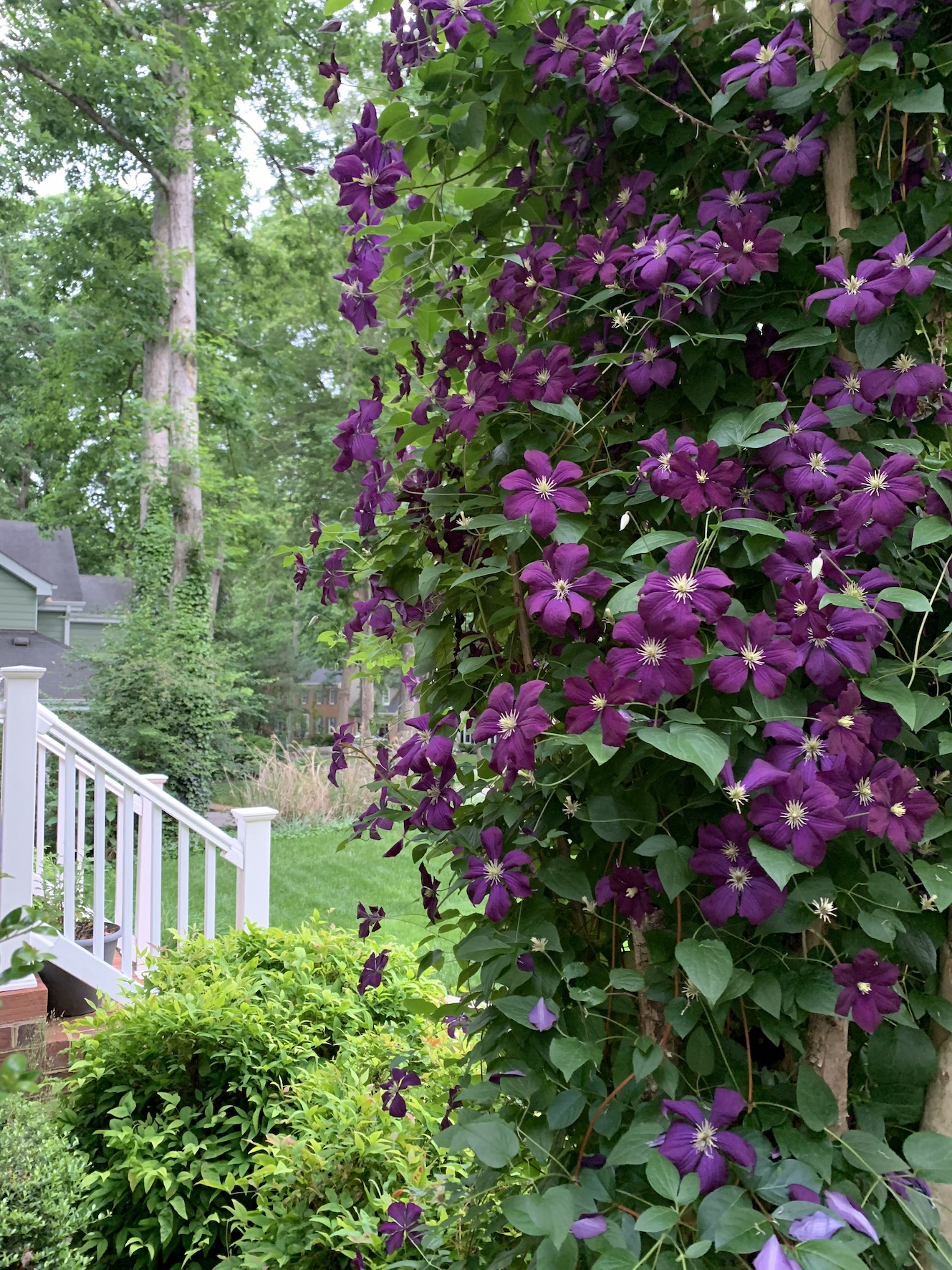
Consider Jackmanii clematis for your garden wall ideas. This fast-growing scented vine can be trained to climb over garden structures and will flower even in shady areas.
Tamara Hogan, plant expert at Fast-Growing Trees tells us that clematis do best when their roots are shaded. "Growing them in a more shaded environment helps to keep those roots protected without the additional need for a companion groundcover or excessive mulch," explains Tamara.
"Jackmanii clematis will need a trellis, fence or wall in order to climb effectively, but that’s about all that you need to provide for this vine. Jackmanii are rather low maintenance overall and as long as you take care of those softer roots, they are a great grower.
"Mulching in the fall is helpful to keep those roots protected during harsher weather, but it usually is the heat rather than the cold that will cause stress to these plants."
FAQs
Why Should I Add Fragrant Flowers in Shady Spots?
As already outlined, flowers with fragrance soothe the senses and attract pollinators, so they are a double win. In a modern garden that may be overlooked by buildings or tall trees, adding fragrant flowers to shady spots will increase color, scent and texture to your space.
"Many gardeners feel limited to non-flowering or foliage options like the classic ferns and hostas in shady areas, but there are plenty of stunning shade loving bloomers that can also fill your yard with fragrance," says Tabar. "Fragrant flowers are a wonderful choice for shady spots, as their delightful scent enhances the sensory appeal of areas where sunlight is limited."







